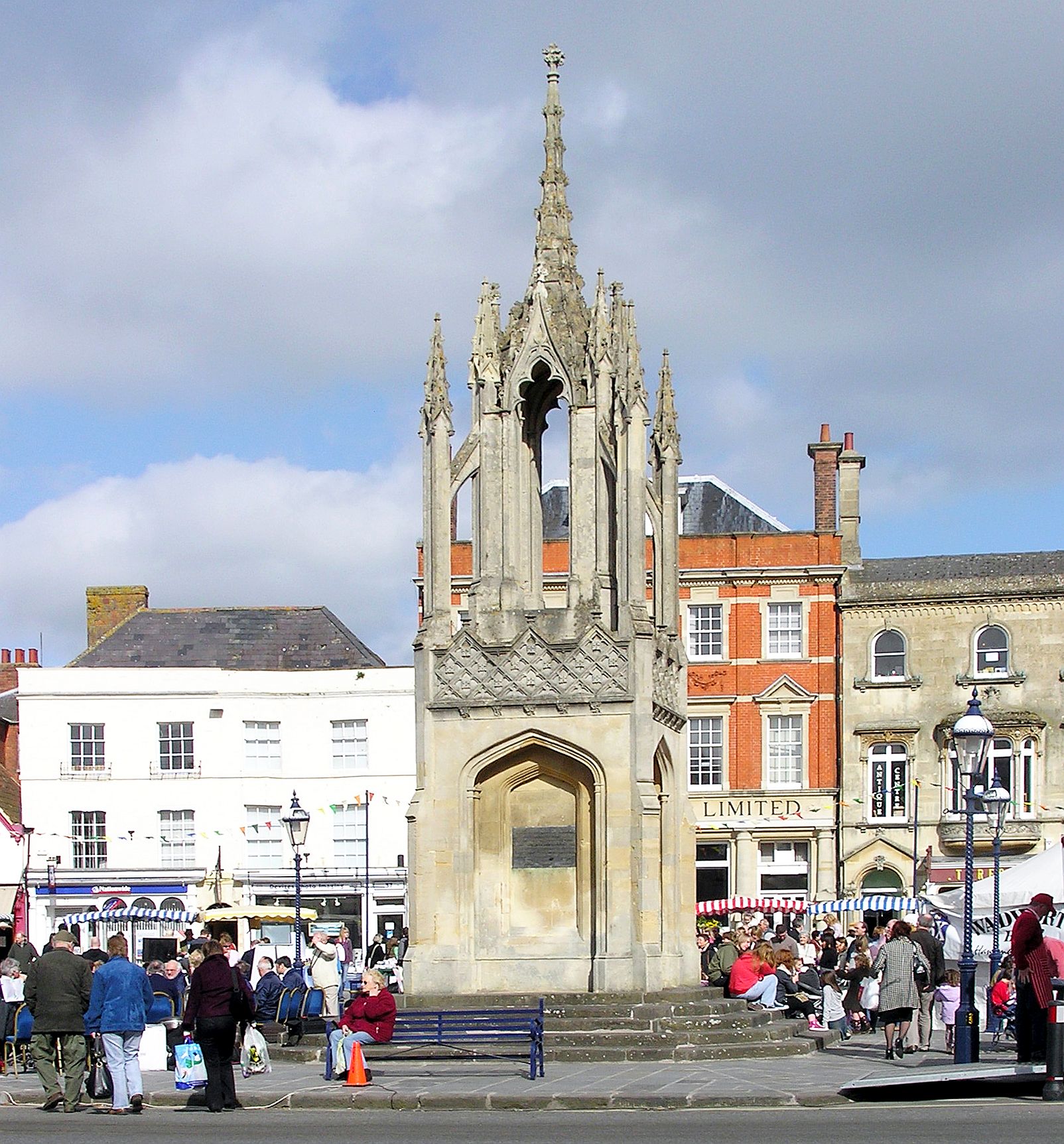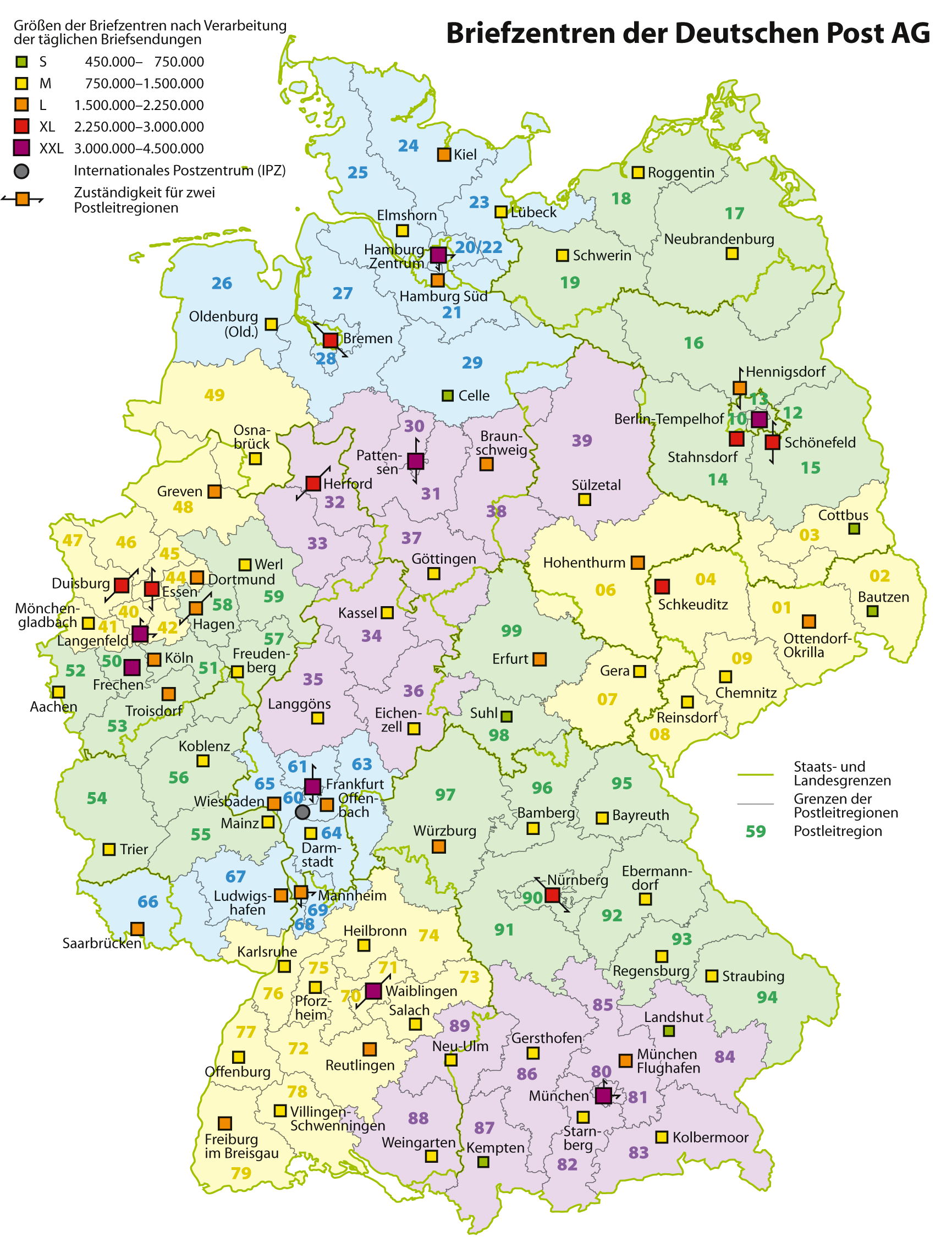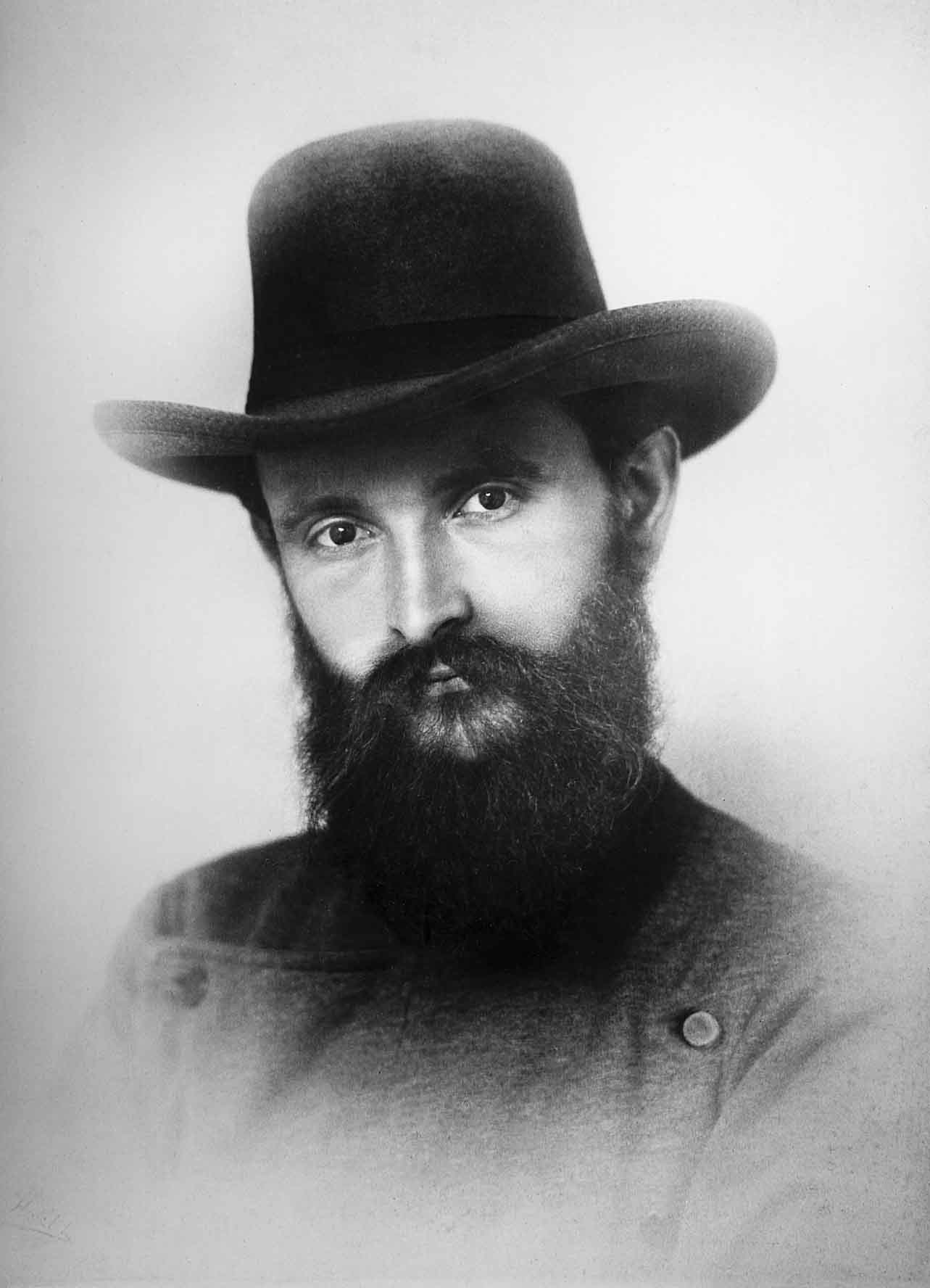|
Weiblingen
Waiblingen (; Swabian: ''Woeblinge'') is a town in the southwest of Germany, located in the center of the densely populated Stuttgart region, directly neighboring Stuttgart. It is the capital and largest city of the Rems-Murr district. , Waiblingen had 55,449 inhabitants (27,334 men and 28,115 women). , the area of the town (including all external properties, such as forests) was . History Waiblingen was first mentioned in Carolingian documents in 885 at the time of Charles the Fat. It received its town charter in 1250. Waiblingen was the property of the Salian kings, from whom the Hohenstaufen dukes and kings inherited it. It is intimately tied to the conflict between Guelphs and Ghibellines in the 12th and 13th century. During the Siege of Weinsberg in 1140, the Hohenstaufens of Swabia (led by Conrad III of Germany) used "Wibellingen" - a version of the town name - as their rallying cry; "Wibellingen" subsequently became Ghibellino in Italian. The town was almost completely ... [...More Info...] [...Related Items...] OR: [Wikipedia] [Google] [Baidu] |
Swabian German
Swabian (german: Schwäbisch ) is one of the dialect groups of Alemannic German that belong to the High German dialect continuum. It is mainly spoken in Swabia, which is located in central and southeastern Baden-Württemberg (including its capital Stuttgart and the Swabian Jura region) and the southwest of Bavaria ( Bavarian Swabia). Furthermore, Swabian German dialects are spoken by Caucasus Germans in Transcaucasia. The dialects of the Danube Swabian population of Hungary, the former Yugoslavia and Romania are only nominally Swabian and can be traced back not only to Swabian but also to Franconian, Bavarian and Hessian dialects, with locally varying degrees of influence of the initial dialects. Description Swabian can be difficult to understand for speakers of Standard German due to its pronunciation and partly differing grammar and vocabulary. For example, the Standard German term for "strawberry jam" is ''Erdbeermarmelade'' whereas in Swabian it is called ''Bräschdlin ... [...More Info...] [...Related Items...] OR: [Wikipedia] [Google] [Baidu] |
Bittenfeld
Bittenfeld is an incorporated (1975) town located in the northernmost quarter of Waiblingen in the Rems-Murr-Kreis in Baden-Württemberg Baden-Württemberg (; ), commonly shortened to BW or BaWü, is a German state () in Southwest Germany, east of the Rhine, which forms the southern part of Germany's western border with France. With more than 11.07 million inhabitants across a .... Its population is approximately 4,300 inhabitants. References Towns in Baden-Württemberg {{BadenWürttemberg-geo-stub ... [...More Info...] [...Related Items...] OR: [Wikipedia] [Google] [Baidu] |
Mayenne, Mayenne
Mayenne (, ) is a commune in the Mayenne department, northwestern France. It is a subprefecture of the department. It is situated on the river Mayenne. History In medieval times, the town was the seat of the Lords of Mayenne. The town originated when Juhel II of Mayenne built a monastery near the gate of the pre-existing castle, which led to the formation of the settlement. Mayenne was besieged twice during the French Wars of Religion, in 1574 and 1590, and suffered substantial damage. It was rebuilt and re-embellished in the following century thanks to the help of Cardinal Mazarin. It however suffered from plague in 1707. On 9 June 1944, during World War II, it was bombed by the RAF, which caused heavy damage and numerous casualties. Population Main sights * The Château, built in the 10th century (900-920) is an exceptional example of a palace dating from the Carolingian period. Reception room, tower and cellar are remarkably well preserved. The dungeon and ramparts, bu ... [...More Info...] [...Related Items...] OR: [Wikipedia] [Google] [Baidu] |
Jesi
Jesi, also spelled Iesi (), is a town and ''comune'' of the province of Ancona in Marche, Italy. It is an important industrial and artistic center in the floodplain on the left (north) bank of the Esino river before its mouth on the Adriatic Sea. History Jesi was one of the last towns of the Umbri when, in the 4th century BC, the Senones Gauls invaded the area and ousted them. They turned it into a stronghold against the Piceni. In 283 BC the Senones were defeated by the Romans. Jesi in 247 BC became a ''colonia civium romanorum'' with the name of ''Aesis''. During the fall of the Western Roman Empire, Iesi was ravaged by the troops of Odoacer (476 AD) and again in 493 by the Ostrogoths of Theodoric the Great. After the Gothic War, Italy became part of the Byzantine Empire, and Jesi became one of the main centers of the new rulers, and a diocese seat. In 751 it was sacked by the Lombard troops of Aistulf, and later was a Carolingian imperial city. Since 1130, it was an i ... [...More Info...] [...Related Items...] OR: [Wikipedia] [Google] [Baidu] |
Devizes
Devizes is a market town and civil parish in Wiltshire, England. It developed around Devizes Castle, an 11th-century Norman architecture, Norman castle, and received a charter in 1141. The castle was besieged during the Anarchy, a 12th-century civil war between Stephen of England and Empress Matilda, and again during the English Civil War when the Cavaliers lifted the siege at the Battle of Roundway Down. Devizes remained under Royalist control until 1645, when Oliver Cromwell attacked and forced the Royalists to surrender. The castle was Slighting, destroyed in 1648 on the orders of Parliament, and today little remains of it. From the 16th century Devizes became known for its textiles, and by the early 18th century it held the largest corn market in the West Country, constructing the Corn Exchange in 1857. In the 18th century, brewing, curing of tobacco, and Snuff (tobacco), snuff-making were established. The Wadworth Brewery was founded in the town in 1875. Standing at the w ... [...More Info...] [...Related Items...] OR: [Wikipedia] [Google] [Baidu] |
Baja, Hungary
Baja () is a city with county rights in , southern Hungary. It is the second largest city in the county, after the county seat at Kecskemét, and is home to some 35,000 people. Baja is the seat of the Baja municipality. The environs of Baja have been continuously inhabited since the end of the Iron Age, but there is evidence of human presence since prehistoric times. The settlement itself was most likely established in the 14th century. After the Ottoman Empire had conquered Hungary, it grew to prominence more than the other nearby settlements, and was granted town rights in 1696. Today, Baja plays an important role in the life of Northern Bácska as a local commercial centre and the provider of public services such as education and healthcare. It has several roads and a railway connection to other parts of the country, and also offers local Public transport for its residents. Being close to the Danube and the forest of Gemenc, as well as having its own cultural sights, makes it ... [...More Info...] [...Related Items...] OR: [Wikipedia] [Google] [Baidu] |
Sister City
A sister city or a twin town relationship is a form of legal or social agreement between two geographically and politically distinct localities for the purpose of promoting cultural and commercial ties. While there are early examples of international links between municipalities akin to what are known as sister cities or twin towns today dating back to the 9th century, the modern concept was first established and adopted worldwide during World War II. Origins of the modern concept The modern concept of town twinning has its roots in the Second World War. More specifically, it was inspired by the bombing of Coventry on 14 November 1940, known as the Coventry Blitz. First conceived by the then Mayor of Coventry, Alfred Robert Grindlay, culminating in his renowned telegram to the people of Stalingrad (now Volgograd) in 1942, the idea emerged as a way of establishing solidarity links between cities in allied countries that went through similar devastating events. The comradesh ... [...More Info...] [...Related Items...] OR: [Wikipedia] [Google] [Baidu] |
Deutsche Post
The Deutsche Post AG, operating under the trade name Deutsche Post DHL Group, is a German multinational package delivery and supply chain management company headquartered in Bonn, Germany. It is one of the world's largest courier companies. The postal division delivers 61 million letters each day in Germany, making it Europe's largest such company. The Parcel division DHL is a wholly owned subsidiary claimed to be present in over 220 countries and territories. The Deutsche Post is the successor to the German mail authority Deutsche Bundespost, which was privatized in 1995 and became a fully independent company in 2000. Since its privatization, Deutsche Post has significantly expanded its business area through acquisitions. In late 2014, the group acquired StreetScooter GmbH, a small manufacturer of electric vehicles. Two years later, the group acquired UK Mail, a business-focused postal service in the UK for US$315.5 million (£243 million). The former company became a divi ... [...More Info...] [...Related Items...] OR: [Wikipedia] [Google] [Baidu] |
Briefzentrum (Deutsche Post)
A ''Briefzentrum'' (English: ''Letter center'') is a district center for the processing of letters for Deutsche Post. History Before 1993, there were more than 1,000 centers for the processing of letters. With the introduction of the new postal codes in Germany, 83 different district centers were built between 1994 and 1998. In 2003, Briefzentrum 42 (Wuppertal) was closed. Since then, there are only 82 district processing centers. Size The processing centers are organized by size, which is determined by the number of letters processed daily: * S: 450,000-750,000 * M: 750,000-1,500,000 * L: 1,500,000–2,250,000 * XL: 2,250,000–3,000,000 * XXL: 3,000,000–4,500,000 * IPZ: 3,000,000-5,000,000 (International Center) List of letter processing centers {, class="wikitable sortable" , - ! Postal Code !! Region !! Location of Center !! Size !! Operational Since , - , 01 , , Dresden , , Ottendorf-Okrilla , , L , , 1996 , - , 02 , , Bautzen , , Bautzen , , S , , 1996 ... [...More Info...] [...Related Items...] OR: [Wikipedia] [Google] [Baidu] |
Robert Bosch GmbH
Robert Bosch GmbH (; ), commonly known as Bosch and stylized as BOSCH, is a German multinational engineering and technology company headquartered in Gerlingen, Germany. The company was founded by Robert Bosch in Stuttgart in 1886. Bosch is 92% owned by Robert Bosch Stiftung, a charitable institution. Although the charity is funded by owning the vast majority of shares, it has no voting rights and is involved in health and social causes unrelated to Bosch’s business. Bosch's core operating areas are spread across four business sectors: mobility (hardware and software), consumer goods (including household appliances and power tools), industrial technology (including drive and control) and energy and building technology. History 1886–1920 The company started in a backyard in Stuttgart-West as the ''Werkstätte für Feinmechanik und Elektrotechnik'' (''Workshop for Precision Mechanics and Electrical Engineering'') on 15 November 1886. The next year Bosch presented a low v ... [...More Info...] [...Related Items...] OR: [Wikipedia] [Google] [Baidu] |
Stihl
Stihl (, ) is a German manufacturer of chainsaws and other handheld power equipment including trimmers and blowers. Their headquarters are in Waiblingen, Baden-Württemberg, near Stuttgart, Germany. Stihl was founded in 1926 by Andreas Stihl, an important innovator in early chain saw production. Stihl claims to be the world's best-selling brand of chain saws, and the only chain saw manufacturer to make its own saw chains and guide bars. Andreas Stihl AG is a privately held company owned by the descendants of Andreas Stihl. Stihl operates the Stihl Timbersports Series. Company history Andreas Stihl designed and hand built his first chainsaw in 1926. The saw was electrically powered, and weighed about . Stihl grew slowly initially, as the chainsaws came to the market about the same time as the Great Depression; with manpower cheap, and old two-man saws proven, there was no need for power saws. In 1930, Stihl created the first ever chainsaw that could be operated by only one per ... [...More Info...] [...Related Items...] OR: [Wikipedia] [Google] [Baidu] |
Chainsaw
A chainsaw (or chain saw) is a portable gasoline-, electric-, or battery-powered saw that cuts with a set of teeth attached to a rotating chain driven along a guide bar. It is used in activities such as tree felling, limbing, bucking, pruning, cutting firebreaks in wildland fire suppression, and harvesting of firewood. Chainsaws with specially designed bar-and-chain combinations have been developed as tools for use in chainsaw art and chainsaw mills. Specialized chainsaws are used for cutting concrete during construction developments. Chainsaws are sometimes used for cutting ice; for example, ice sculpture and winter swimming in Finland. History In surgery The origin of chain saws in surgery is debated. A "flexible saw", consisting of a fine serrated link chain held between two wooden handles, was pioneered in the late 18th century (c. 1783–1785) by two Scottish doctors, John Aitken and James Jeffray, for symphysiotomy and excision of diseased bone, respectively. It was ... [...More Info...] [...Related Items...] OR: [Wikipedia] [Google] [Baidu] |





.jpg)

